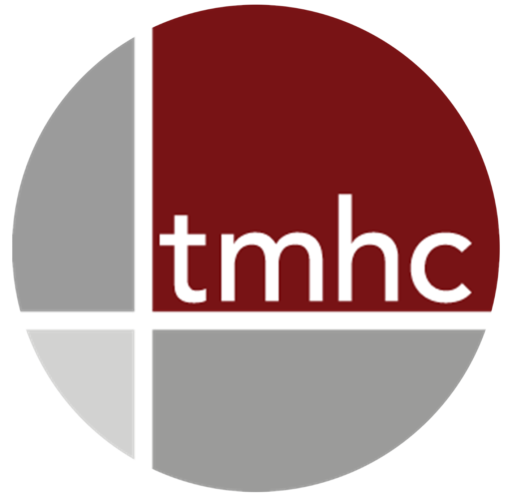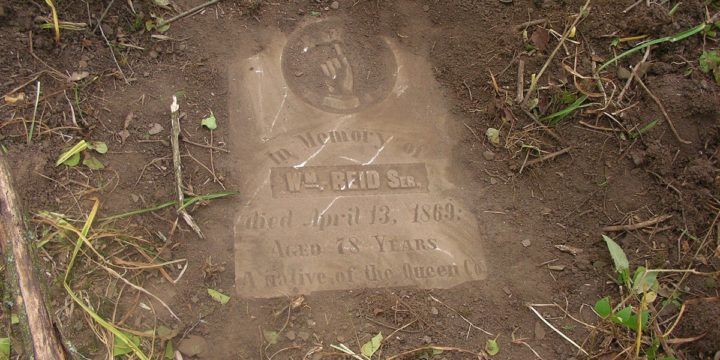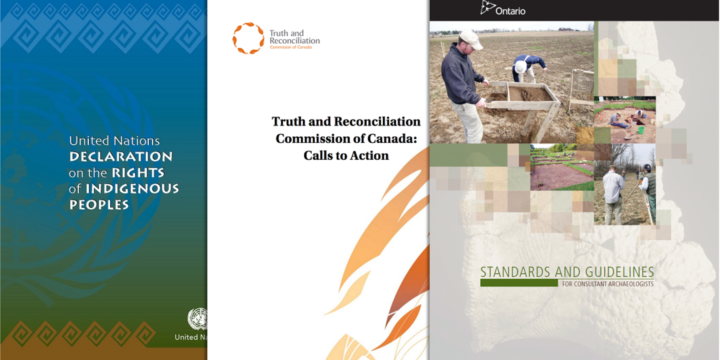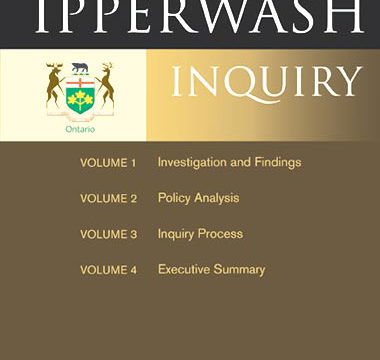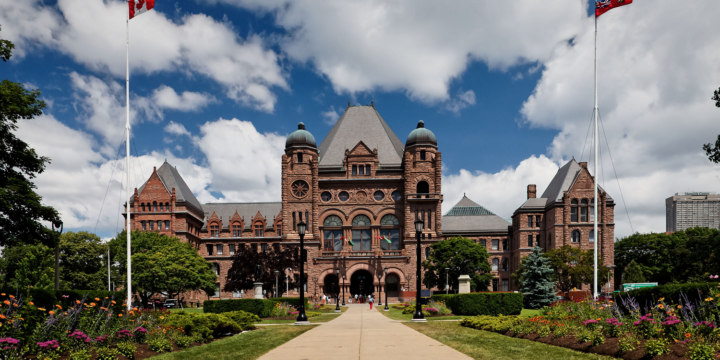
2018: Provincial Legislation and Indigenous Peoples Participation
2018: Provincial Legislation and Indigenous Peoples Participation Beginning in mid-2018 TMHC began posting blogs about a wide variety of topics related to Indigenous participation in the practice of archaeology in the province. Topics included the Provincial Policy Statement (2014), shared territories, community representative participation, the discovery of human remains, and community specific requirements for archaeology. The common thread in these posts relates to how legislation and policies in Ontario do not reflect the principles or values of the current context of UNDRIP and Truth and Reconciliation. As we approach the end of 2018 we look back at some of the legislation as a way of looking forward into 2019. [caption id="attachment_2941" align="aligncenter" width="2532"] Government of Canada map identifying First Nations communities in Ontario[/caption] Ontario Heritage Act (R.S.O. 1990) The Standards…
